Keywords
|
| Maximum power point tracking, Photovoltaic system, Buck boost converter, Perturb and Observe method, Direct current |
INTRODUCTION
|
| The rapid increase in the demand for electricity and the recent change in the environmental conditions such as global warming led to a need for a new source of energy that is cheaper and sustainable with less carbon emissions. Solar energy has offered promising results in the quest of finding the solution to the problem. The harnessing of solar energy using PV modules comes with its own problems that arise from the change in insulation conditions. These changes in insulation conditions severely affect the efficiency and output power of the PV modules [1-3].A great deal of research has been done to improve the efficiency of the PV modules. A number of methods of how to track the maximum power point of a PV module have been proposed to solve the problem of efficiency and products using these methods have been manufactured and are now commercially available for consumers [1-3]. As the market is now flooded with varieties of these MPPT that are meant to improve the efficiency of PV modules under various insolation conditions it is not known how many of these can really deliver on their promise under a variety of field conditions. This research then looks at how a different type of converter affects the output power of the module and also investigates if the MPPT that are said to be highly efficient and do track the true maximum power point under the various conditions [1]. |
| A MPPT is used for extracting the maximum power from the solar PV module and transferring that power to the load [4, 5]. A dc/dc converter (step up/ step down) serves the purpose of transferring maximum power from the solar PV module to the load. A dc/dc converter acts as an interface between the load and the module figure 1 [5]. By changing the duty cycle the load impedance as seen by the source is varied and matched at the point of the peak power with the source so as to transfer the maximum power[5]. Therefore MPPT techniques are needed to maintain the PV array’s operating at its MPP [6]. Many MPPT techniques have been proposed in the literature; example are the Perturb and Observe (P&O) methods [4, 6-9], Incremental Conductance (IC) methods [7, 10-12], Fuzzy Logic Method [2, 4, 6, 11], etc., |
| In this research paper the system performance is optimized by perturb and observe method using buck boost converter. By varying the duty cycle of the buck boost converter, the source impedance can be matched to adjust the load impedance to improve the efficiency of the system. The Performance has been studied by the MATLAB/Simulink. |
PHOTOVOLTAIC SYSTEM
|
| A Photovoltaic (PV) system directly converts solar energy into electrical energy. The basic device of a PV system is the PV cell. Cells may be grouped to form arrays . The voltage and current available at the terminals of a PV device may directly feed small loads such as lighting systems and DC motors or connect to a grid by using proper energy conversion devices. This photovoltaic system consists of main parts such as PV module, charger, battery, inverter and load. |
Equivalent model
|
| A Photovoltaic cell is a device used to convert solar radiation directly into electricity. It consists of two or more thin layers of semiconducting material, most commonly silicon. When the silicon is exposed to light , electrical charges are generated. A PV cell is usually represented by an electrical equivalent one-diode model shown in fig.1. |
| The model contains a current source , one diode, internal shunt resistance and a series resistance which represents the resistance inside each cell. The net current is the difference between the photo current and the normal diode current is given by the equation.[13]. |
 |
 (2) (2) |
| where |
| I is the cell current (A). |
| q is the charge of electron (coul). |
| K is the Boltzmann's constant (j/K). |
| T is the cell temperature (K). |
| I L is the photo current (A). |
| Io is the diode saturation current.(A) |
| Rs , Rsh are cell series and shunt resistances (ohms). V is the cell output voltage (V). |
Current – Voltage curve for PV cell
|
| The Current – Voltage characteristic curve of a PV cell for a certain irradiance at a fixed cell temperature is shown in fig.2. The current from a PV cell depends on the external voltage applied and the amount of sunlight on the cell. When the PV cell circuit is short, the current is at maximum and the voltage across the cell is zero. When the PV cell circuit is open, the voltage is at maximum and the current is zero. |
Power – Voltage curve for PV cell
|
| The Power – Voltage curve for PV cell is shown in fig.3. Here P is the power extracted from the PV array and V is the voltage across the terminals of the PV array. This curve varies due to the current insolation and temperature. When insolation increases , the power available from PV array increases whereas when temperature increases the power available from PV array decreases.[14] |
BUCK BOOST CONVERTER
|
| A buck boost converter is a DC-to-DC power converter with an output voltage either greater or smaller than its input voltage. It is a combination of the buck converter topology and a boost converter topology in cascade. The output to input conversion ratio is also a product of ratios in buck converter and the boost converter. The output voltage is controlled by controlling the switch-duty cycle. The term D is the duty ratio and defined as the ratio of the on time of the switch to the total switching period. This shows the output voltage to be hgher or lower than the input voltage, based on the duty-ratio D. |
MAXIMUM POWER POINT TRACKING
|
| Maximum power point plays an important role in photovoltaic system because they maximize the power output from a PV system for a given set of conditions, and therefore maximize the array efficiency. There are different methods used to track the maximum power point are |
| 1. Perturb and Observe method |
| 2. Incremental Conductance method |
| 3. Parasitic Capacitance method |
| 4. Constant Voltage method |
| Among the different methods used to track the maximum power point, Perturb and Observe method is the most widely used method in PV MPPTs and is highly competitive against other MPPT methods. |
Perturb and Observe method
|
| In this method a slight perturbation is introduce system [7]. This perturbation causes the power of the solar module changes. If the power increases due to the perturbation then the perturbation is continued in that direction [15]. After the peak power is reached the power at the next instant decreases and hence after that the perturbation reverses. When the steady state is reached the method oscillates around the peak point. In order to keep the power variation small the perturbation size is kept very small. The method is developed in such a manner that it sets a reference voltage of the module corresponding to the peak voltage of the module. A PI controller then acts moving the operating point of the module to that particular voltage level. It is observed that there some power loss due to this perturbation also the fails to track the power under fast varying atmospheric conditions. But still this method is very popular and simple[7]. |
BLOCK DIAGRAM OF THE PROPOSED METHOD
|
| Figure.4 shows the block diagram of the proposed method. It uses buck boost converter to adjust the output voltage of PV panel. Buck Boost Converter is capable of step up or step down the output voltage from the source voltage. The converter is controlled by PID with 2 inputs and 1 output and the system performance is optimized by perturb and observe method. The inputs are fed by voltage and current of the PV terminals, while the output provides duty cycle for the buck boost converter. Buck Boost converter controls the output voltage by varying the duty cycle k, of the switch. Duty cycle refers to ratio of the conduction time and the total switching period . During its operations, the semiconductor switch turns-on for ton milliseconds and turns-off for toff milliseconds periodically. By adjusting k at pre-defined value depending on the PV voltage and current, the output power of PV canbe maintained at the maximum point. The value of k is determined by the PID controller. |
SIMULATION RESULTS
|
| In this paper, the simulation model is developed with MATLAB/SIMULINK. The simulation model of the proposed method is shown in Fig.5 and the waveforms are shown in fig .6. The proposed circuit needs independent dc source which is supplied from photovoltaic cell. The inputs are fed by voltage and current of the PV terminals, while the output provides duty cycle for the buck boost converter. The input voltage is 24V and the output voltage after being buck boosted up is 48.2V and shown in fig.6. Buck Boost converter controls the output voltage by varying the duty cycle k, of the switch and the value of k is 0.67 which is calculated using the formulae Vo = Vs*k / 1- k. If we vary the pulse width of the pulse generator various voltage ranges at the output can be obtained. Once the buck boost converter injected the power from the pv panel and the PID controller starts function, it varies the value of duty cycle which will change the input value that is sensed by the PID controller. By using the PID controller the error has been minimized in the system and the efficiency is improved.Table.1. below shows the output values for PV panel. |
| The PV cell temperature is maintained constant at 25 degree Celsius and the solar intensity is varied in steps up to the rated value of 1200W/meter square. It is seen from the figure .7 that the current slightly increase with increasing intensity thereby increasing the power output of the solar cell. |
CONCLUSION
|
| In the Present Work, the maximum power point tracking is successfully carried out by this research using perturb and observe method. The PV module working on photovoltaic effect actually improves the system efficiency. Compared to other methods of maximum power point tracking, the perturb and observe method seems to be easy for the optimization of the photovoltaic system using buck boost converter. By varying the duty cycle of the buck boost converter, the source impedance can be matched to adjust the load impedance which improves the efficiency of the system. The Performance has been studied by the MATLAB/Simulink. In future, the maximum power point tracking could be carried out without the use of controllers in order to reduce the cost and complications of hardware can be removed. |
Tables at a glance
|
 |
| Table 1 |
|
Figures at a glance
|
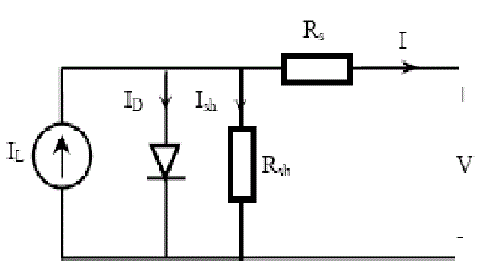 |
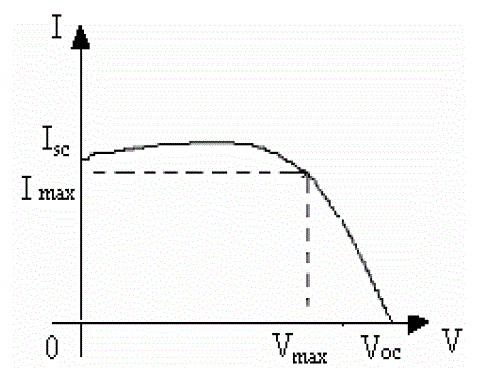 |
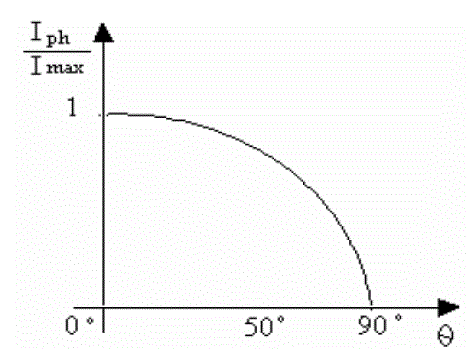 |
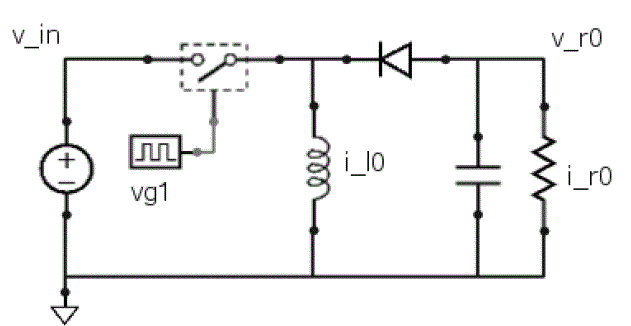 |
| Figure 1 |
Figure 2 |
Figure 3 |
Figure 4 |
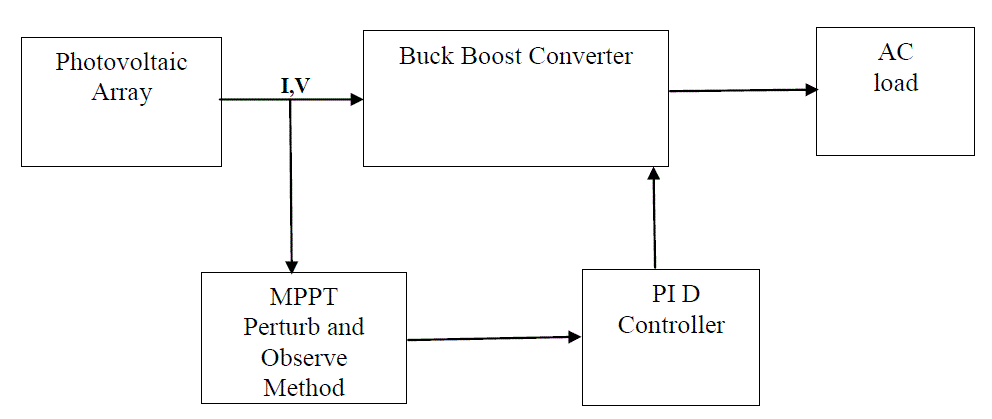 |
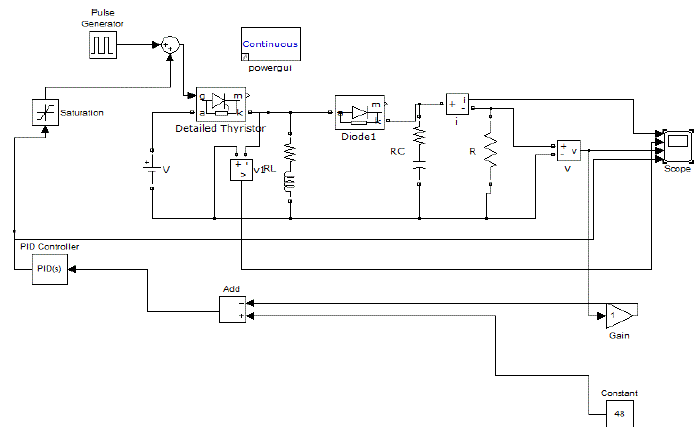 |
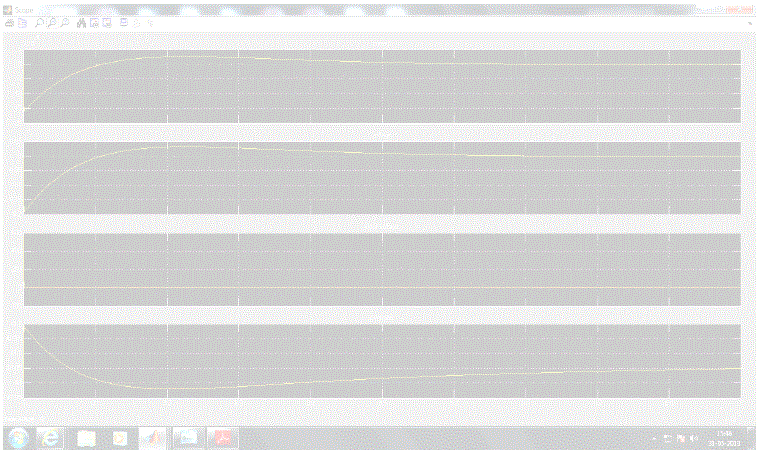 |
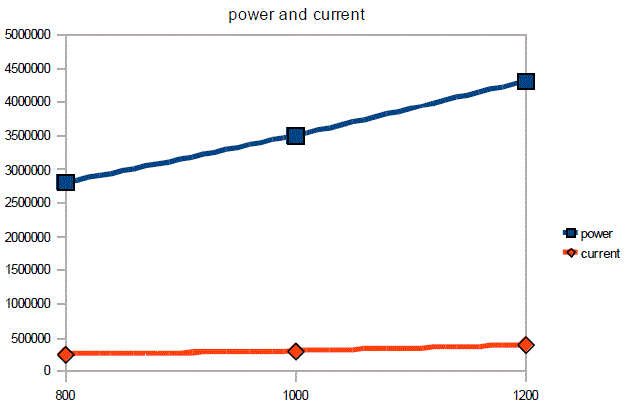 |
| Figure 5 |
Figure 6 |
Figure 7 |
Figure 8 |
|
References
|
- R. S.Lewis, "Antartic Research and Relevant of Science," in Bulletin of the Atomic Scientists, vol. 26, 1970, pp. 2.
- Y.-H. Chang and C.-Y. Chang, "A Maximum Power Point Tracking of PV System by Scaling Fuzzy Control," presented at InternationalMultiConference of Engineers and Computer Scientists, Hong Kong, 2010.
- S.Mekhilef, "Performance of grid connected inverter with maximum power point tracker and power factor control," International Journal ofPower Electronics, vol. 1, pp. 49-62, 2008.
- M.E.Ahmad and S.Mekhilef, "Design and Implementation of a Multi Level Three-Phase Inverter with Less Switches and Low Output VoltageDistortation,"Journal of Power Electronics, vol. 9, pp. 594-604, 2009.
- S. Chin, J. Gadson, and K. Nordstrom, "Maximum Power Point Tracker," Tufts University Department of Electrical Engineering and ComputerScience, 2003, pp. 1-66.
- R. Faranda and S. Leva, "Energy Comparison of MPPT techniques for PV Systems," WSES Transaction on Power Systems, vol. 3, pp.446-455,2008.
- Vikrant.A.Chaudhari, "Automatic Peak Power Traker for Solar PV Modules Using dSpacerSoftware.," in Maulana Azad National Institute OfTechnology vol. Degree of Master of Technology In Energy. Bhopal: Deemed University, 2005, pp. 98.
- T. P. Nguyen, "Solar Panel Maximum Power Point Tracker," in Department of Computer Science & Electrical Engineering:UniversityofQueensland, 2001, pp. 64.
- B. S, Thansoe, N. A, R. G, K. A.S., and L. C. J., "The Study and Evaluation of Maximum Power Point Tracking Systems," InternationalConference on Energy and Environment 2006 (ICEE 2006), pp. 17-22, 2006.
- C. S. Lee, " A Residential DC Distribution System with Photovoltaic Array Integration.," vol. Degree of Honors Baccalaureate of Science inElectrical and Electronics Engineering, 2008, pp. 38.
- T. Esram and P. L.Chapman, "Comparison of Photovoltaic Array Maximum Power Point Tracking Techniques," in 9. Urbana.
- E. I and O. Rivera, "Maximum Power Point Tracking using the Optimal Duty Ratio for DC-DC Converters and Load Matching in PhotovoltaicApplications," IEEE, pp. 987-991, 2008.
- L. M. Tolbert, F. Z. Peng, T. G. Habetler, “Multilevel converters for large electric drives,” IEEE Transactions on Industry Applications, vol. 35,no. 1, Jan./Feb. 1999, pp. 36-44.
- K.SuryaSuresh ,M.Vishnu Prasad, “PV Cell Based Five Level Inverter Using Multicarrier PWM”International Journal of Modern EngineeringResearch,Vol.1, Issue.2, pp-545-551.
- HairulNissahZainudin, SaadMekhilef,”Comparison study of maximum power point tracker techniques for pv systems” Proceedings of the 14thInternational Middle East Power Systems Conference (MEPCON’10), Cairo University, Egypt, December 19-21, 2010.
|